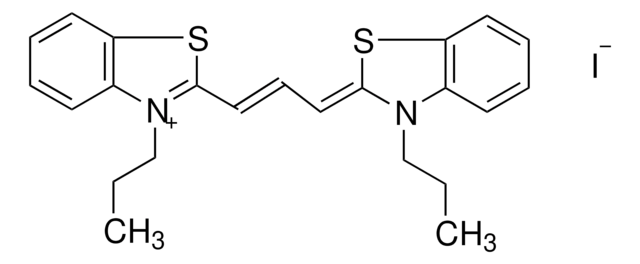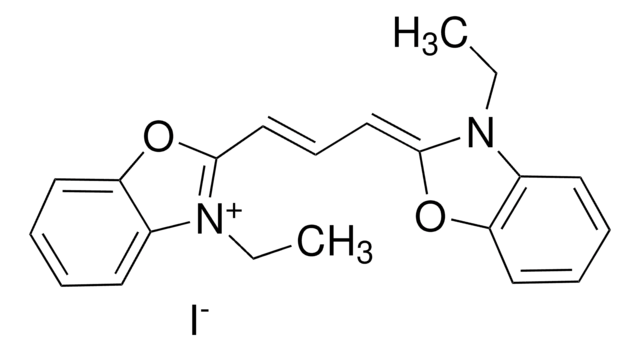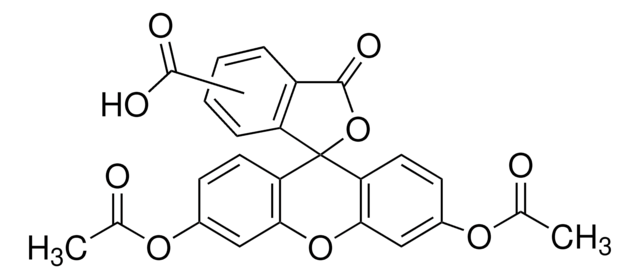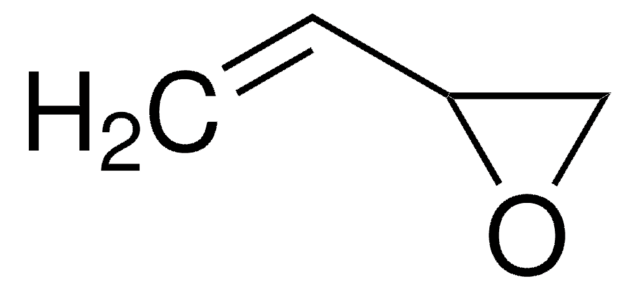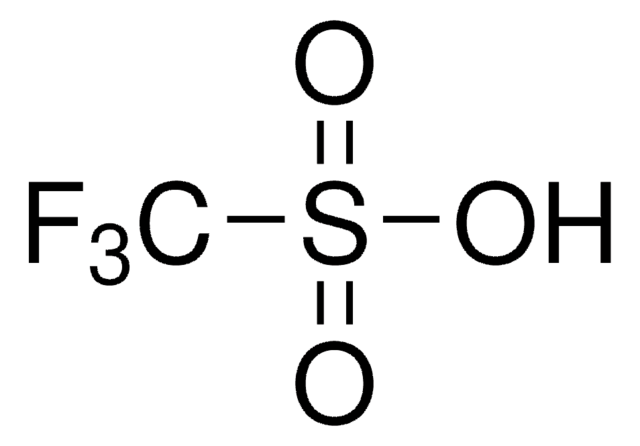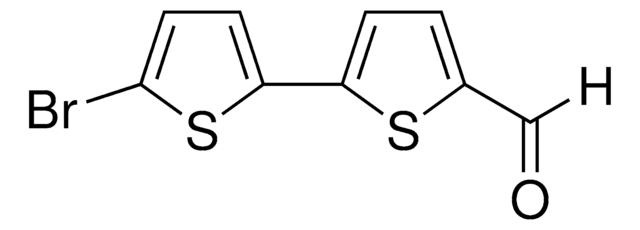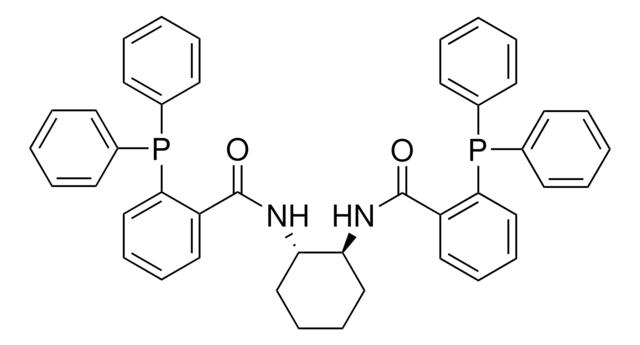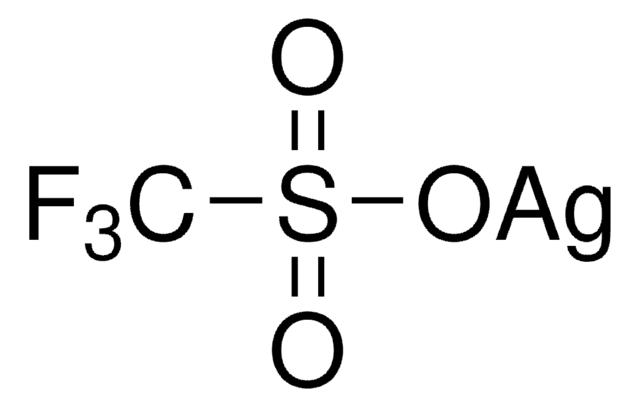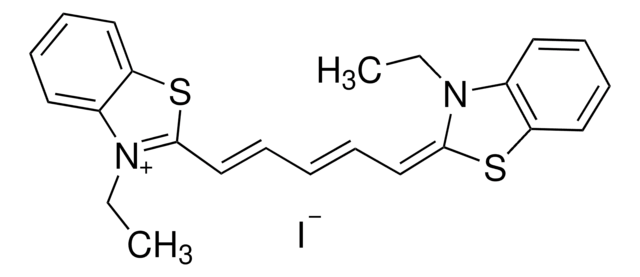341274
2-Methyl-2-vinyloxirane
95%
Synonym(s):
Isoprene monoxide
Sign Into View Organizational & Contract Pricing
All Photos(1)
About This Item
Empirical Formula (Hill Notation):
C5H8O
CAS Number:
Molecular Weight:
84.12
MDL number:
UNSPSC Code:
12162002
PubChem Substance ID:
NACRES:
NA.23
Recommended Products
Assay
95%
form
liquid
refractive index
n20/D 1.416 (lit.)
bp
80-81 °C (lit.)
density
0.857 g/mL at 25 °C (lit.)
storage temp.
2-8°C
SMILES string
CC1(CO1)C=C
InChI
1S/C5H8O/c1-3-5(2)4-6-5/h3H,1,4H2,2H3
InChI key
FVCDMHWSPLRYAB-UHFFFAOYSA-N
Signal Word
Danger
Hazard Statements
Precautionary Statements
Hazard Classifications
Eye Irrit. 2 - Flam. Liq. 2 - Skin Irrit. 2 - STOT SE 3
Target Organs
Respiratory system
Storage Class Code
3 - Flammable liquids
WGK
WGK 3
Flash Point(F)
17.6 °F - closed cup
Flash Point(C)
-8 °C - closed cup
Personal Protective Equipment
dust mask type N95 (US), Eyeshields, Gloves
Regulatory Information
危险化学品
Choose from one of the most recent versions:
Already Own This Product?
Find documentation for the products that you have recently purchased in the Document Library.
J J Bogaards et al.
Chemico-biological interactions, 117(1), 1-14 (1999-04-06)
In the present study, the enzymatic conjugation of the isoprene monoepoxides 3,4 epoxy-3-methyl-1-butene (EPOX-I) and 3,4-epoxy-2-methyl-1-butene (EPOX-II) with glutathione was investigated, using purified glutathione S-transferases (GSTs) of the alpha, mu, pi and theta-class of rat and man. HPLC analysis of
J J Bogaards et al.
Chemico-biological interactions, 102(3), 169-182 (1996-12-20)
The metabolism of isoprene was investigated with microsomes derived from cell lines expressing human CYP1A1, CYP1A2, CYP2A6, CYP2B6, CYP2C9, CYP2D6, CYP2E1, or CYP3A4. The formation of epoxide metabolites was determined by gas chromatographic analysis. CYP2E1 showed the highest rates of
J J Bogaards et al.
Chemico-biological interactions, 138(3), 247-265 (2001-11-21)
The present study was designed to explain the differences in isoprene toxicity between mouse and rat based on the liver concentrations of the assumed toxic metabolite isoprene diepoxide. In addition, extrapolation to the human situation was attempted. For this purpose
Roberto Fabiani et al.
Mutation research, 629(1), 7-13 (2007-02-24)
Isoprene is produced in combustion processes and is widely used as an industrial chemical. It is a natural product emitted by plants and endogenously produced by humans and other mammals. Therefore, exposure to isoprene from both endogenous and exogenous sources
Our team of scientists has experience in all areas of research including Life Science, Material Science, Chemical Synthesis, Chromatography, Analytical and many others.
Contact Technical Service